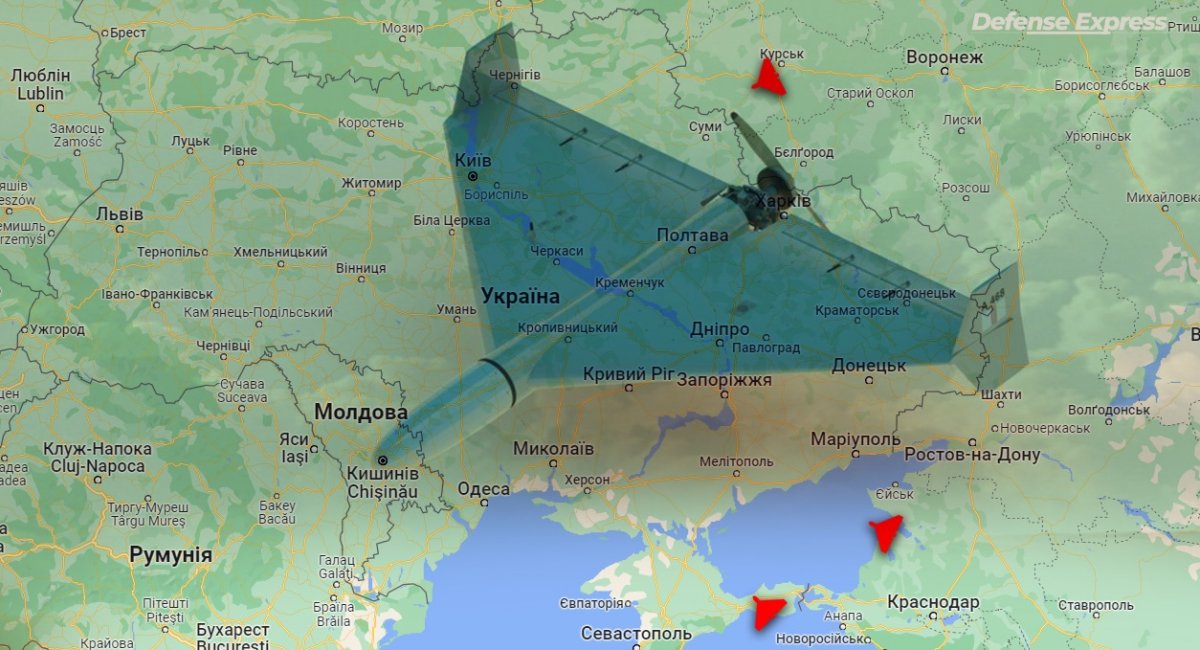
Shahed-136 night attack on Ukraine demonstrates a threatening trend, and it’s not about numbers
The Shahed-131 is becoming almost the main means of remote strikes for the enemy, and the latest attack demonstrates the expansion of the ground infrastructure for launching these drones
Today, on the night of August 2, the racists carried out another attack with kamikaze drones – Shahed-136 and Shahed-131 – in Ukraine. According to the Air Force Command, the Ukrainian Armed Forces managed to destroy 23 such targets.
The targets of the attack were apparently facilities in Kyiv and the port infrastructure of Odesa region. In particular, in Kyiv, according to the head of the Kyiv City Military Administration, Serhiy Popko, more than 10 drones were destroyed.
According to official information, the facade of the administrative building was damaged, as shown in a photo from the State Emergency Service. The state service also reported damage to a private residential building in the Bucha district of Kyiv region.

As for Odesa region, the head of the local regional military administration, Oleh Kiper, said that an elevator was damaged and fires broke out at some port and industrial infrastructure facilities. As of the morning, there was no information about the victims.
At the same time, this attack is different from the previous ones, and it is not about the number of Shaheds that were launched and destroyed. The issue is the launch areas, because, according to the Ukrainian Air Force Command, the missiles were launched from three directions: Kursk, Primorsko-Akhtarsk on the Russian coast of the Azov Sea, and Chauda in the still-occupied Crimea.

If we look at the latest Shahed attacks, there were usually one or two launching areas, although each of them had already been used by the racists.
For example, on July 19, the enemy launched these aircraft missiles from the Chauda and Primorsko-Akhtarsk training grounds, and on July 13, from the Kursk region and Primorsko-Akhtarsk. And a possible answer to the question of why Russia did not simultaneously use more sites is the lack of specialists who can carry out pre-launch training of drones.
That is why it is necessary to prepare for a scenario where there will be more Shahed launch areas simultaneously involved, which means greater difficulty in repelling an air attack from many directions. On the other hand, it seems that the Shahed-136 requires a bit more ground infrastructure than it seems, and that is why the launch areas are not changing. And this already allows us to strike effectively at the location of operators and the ground infrastructure itself.

